Tag: assessment
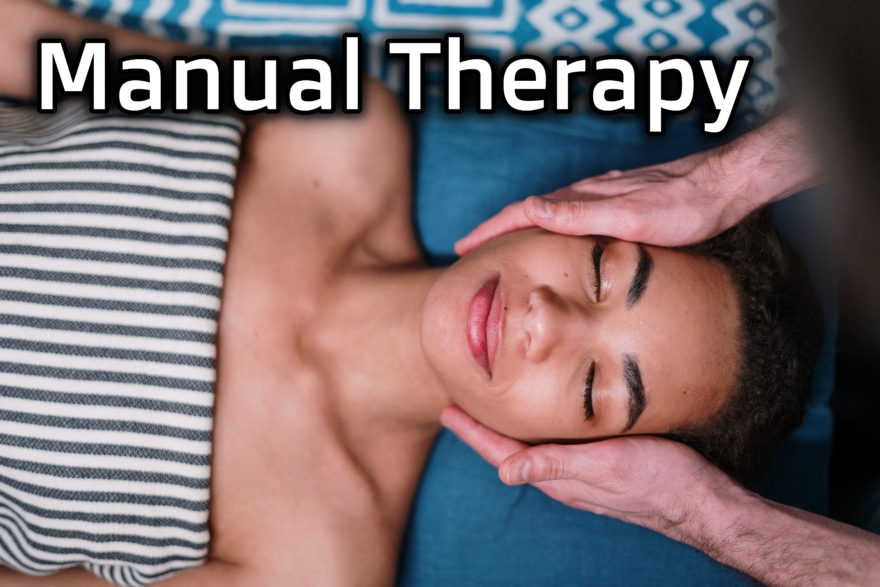
Manual Therapy
Does manual therapy have a place? Manual therapy is one of the more polarizing topics in the movement world, and…
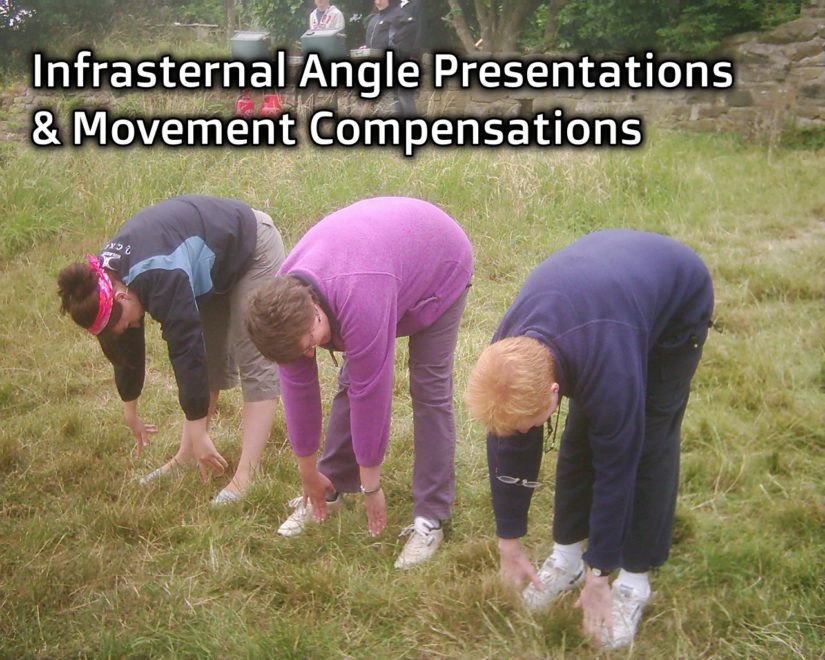
Infrasternal Angle Presentations & Movement Compensations
Is the reason you can’t touch your toes tight hamstrings? Is your inability to go overhead because of tight lats?…

Troubleshooting Table Tests
Learn what range of motion testing really tells you Movement Debrief Episode 123 is in the books. Below is a…
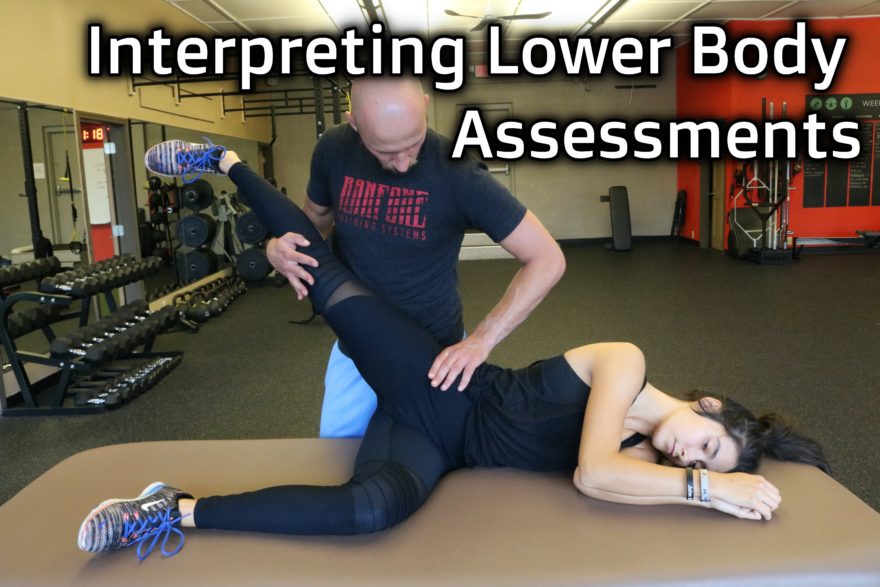
Interpreting Lower Body Assessments
How to go through common lower body assessments Movement Debrief Episode 114 is in the books. Below is a copy…
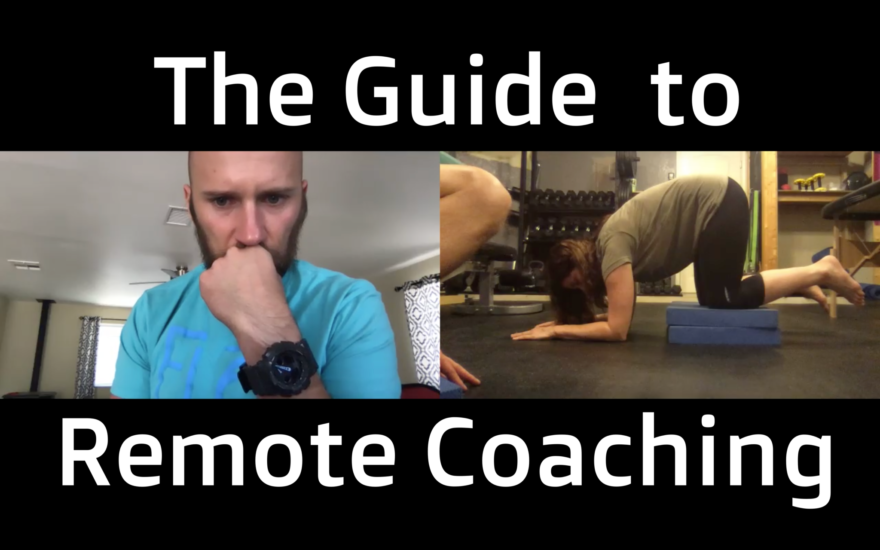
The Guide to Remote Coaching – Movement Debrief Episode 113
How to coach movement when you can’t in-person Movement Debrief Episode 113 is in the books. Below is a copy…
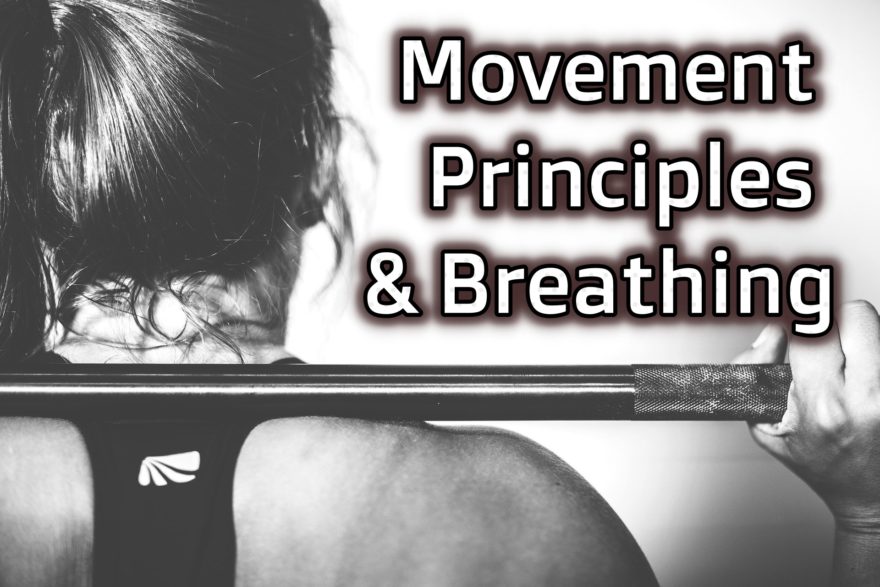
Movement Principles and Breathing
There are a lot of exercises to choose from, tons of methodologies to practice, and lots of areas to focus…
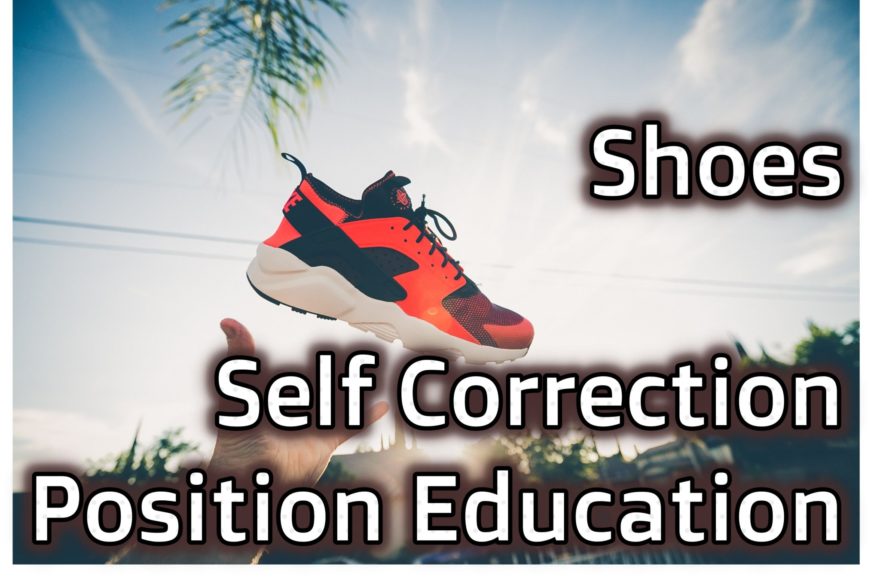
Shoes, Self-Correction, and Position Education – Movement Debrief Episode 95
Movement Debrief Episode 95 is in the books. Below is a copy of the video for your viewing pleasure, and…
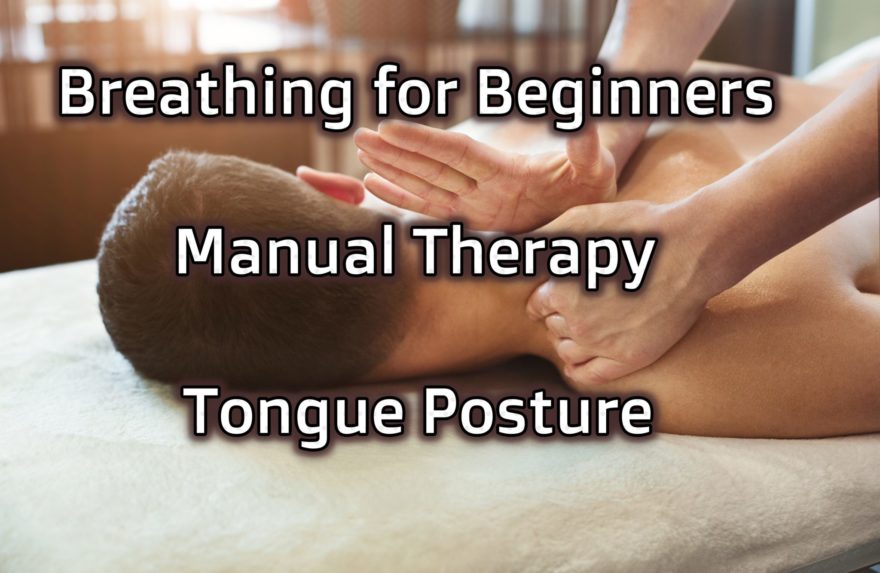
Breathing for Beginners, Manual Therapy, and Tongue Posture – Movement Debrief Episode 88
Movement Debrief Episode 88 is in the books. Below is a copy of the video for your viewing pleasure, and…

Cervical Radiculopathy, Lower Body Elevation, and Shortcomings of My Approach – Movement Debrief Episode 82
Movement Debrief Episode 82 is in the books. Below is a copy of the video for your viewing pleasure, and…
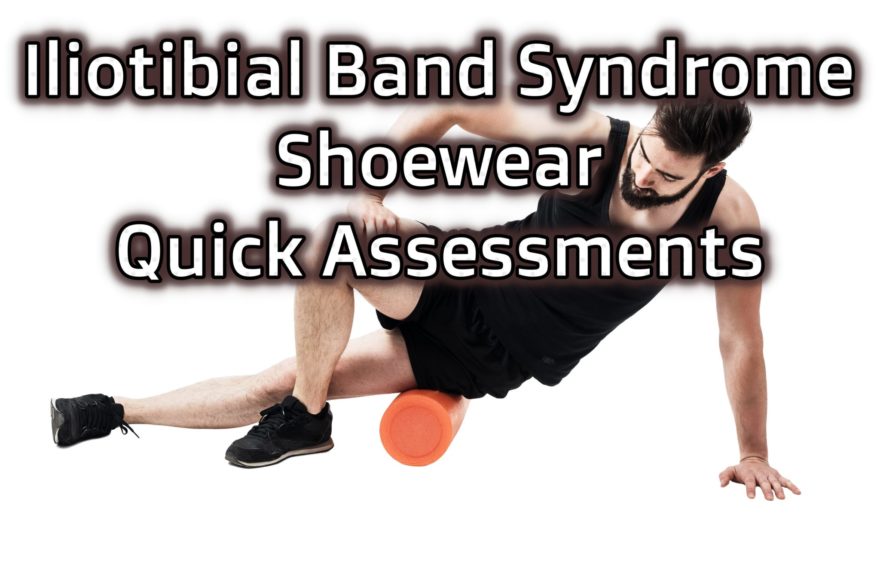
Iliotibial Band Syndrome, Shoewear, and Quick Assessments – Movement Debrief 75
Movement Debrief Episode 75 is in the books. Below is a copy of the video for your viewing pleasure, and…
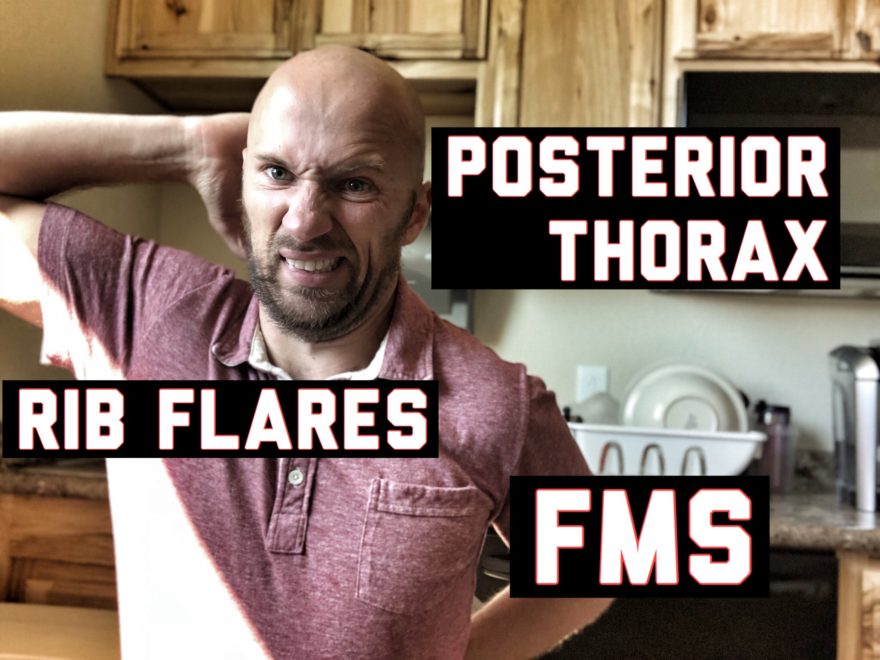
Rib Flares, Posterior Thorax, and FMS – Movement Debrief Episode 52
Movement Debrief Episode 52 is in the books. Below is a copy of the video for your viewing pleasure, and…
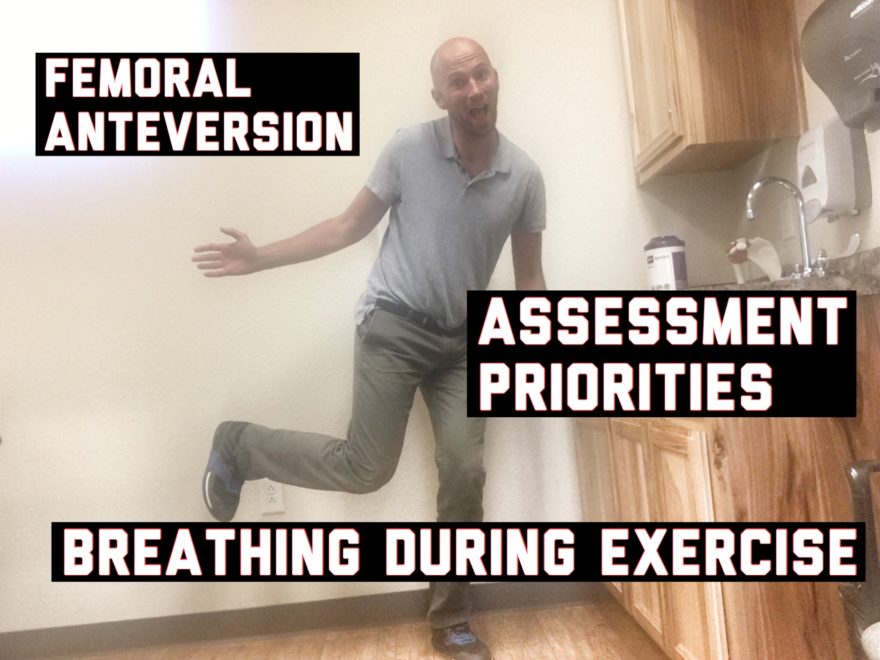
Breathing During Exercise, Femoral Anteversion, and Assessment Priorities – Movement Debrief Episode 49
Movement Debrief Episode 49 is in the books. Below is a copy of the video for your viewing pleasure, and…
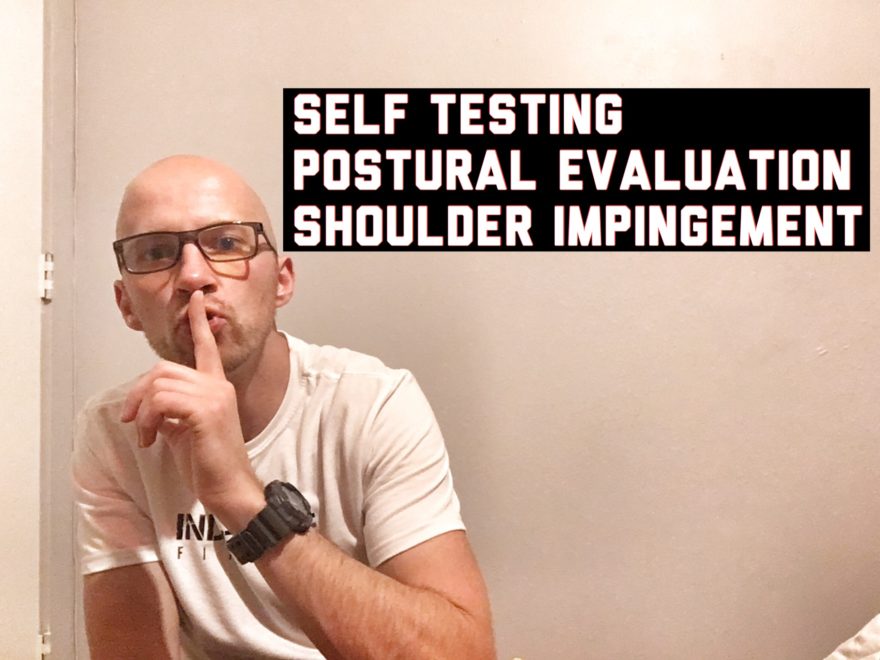
Self-Testing, Postural Evaluation, and Shoulder Impingement – Movement Debrief Episode 41
Movement Debrief Episode 41 is in the books. Below is a copy of the video for your viewing pleasure, and…
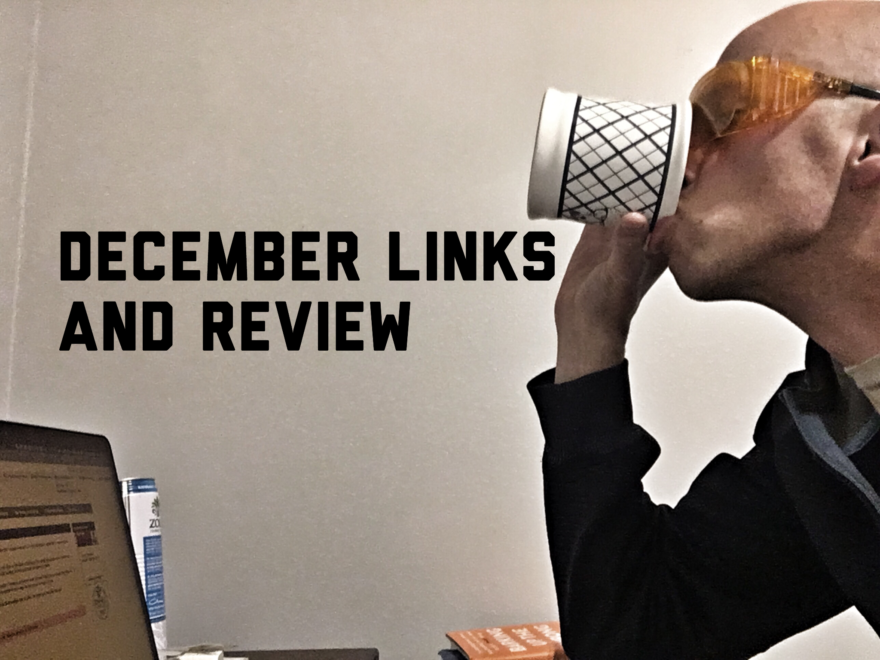
December Links and Review
Every week, my newsletter subscribers get links to some of the goodies that I’ve come across on the internets. Here…

